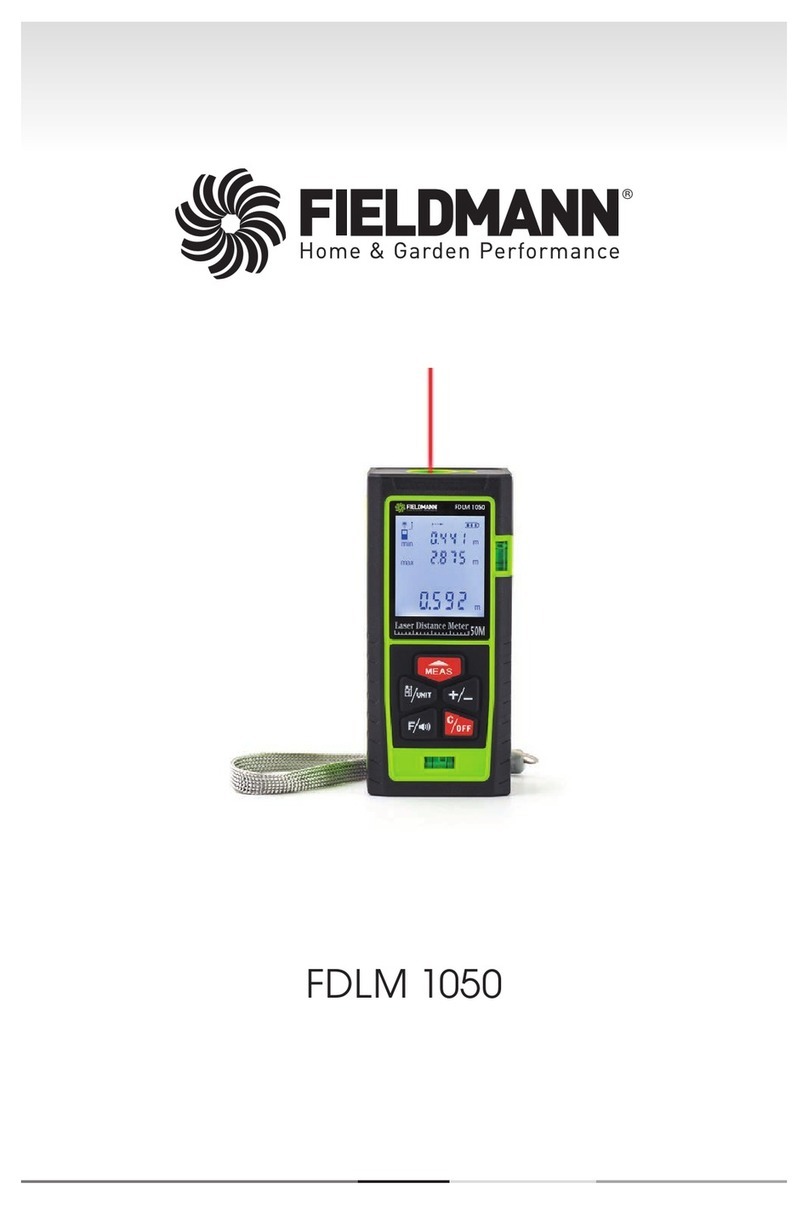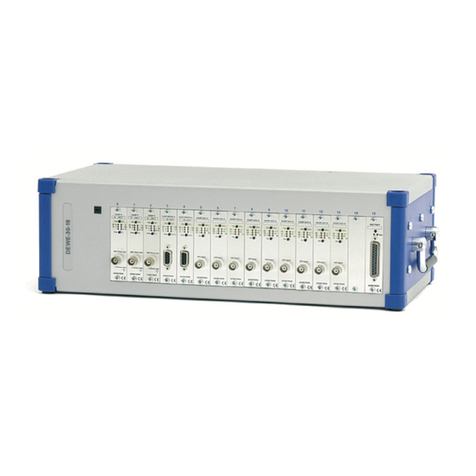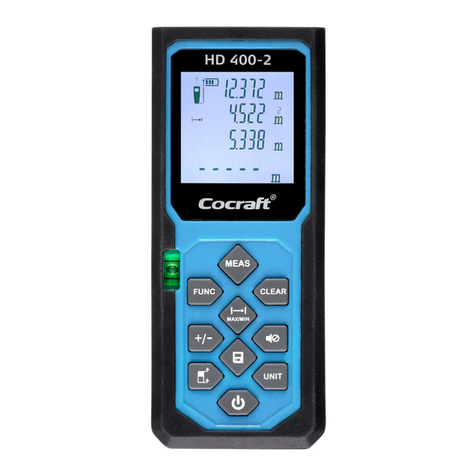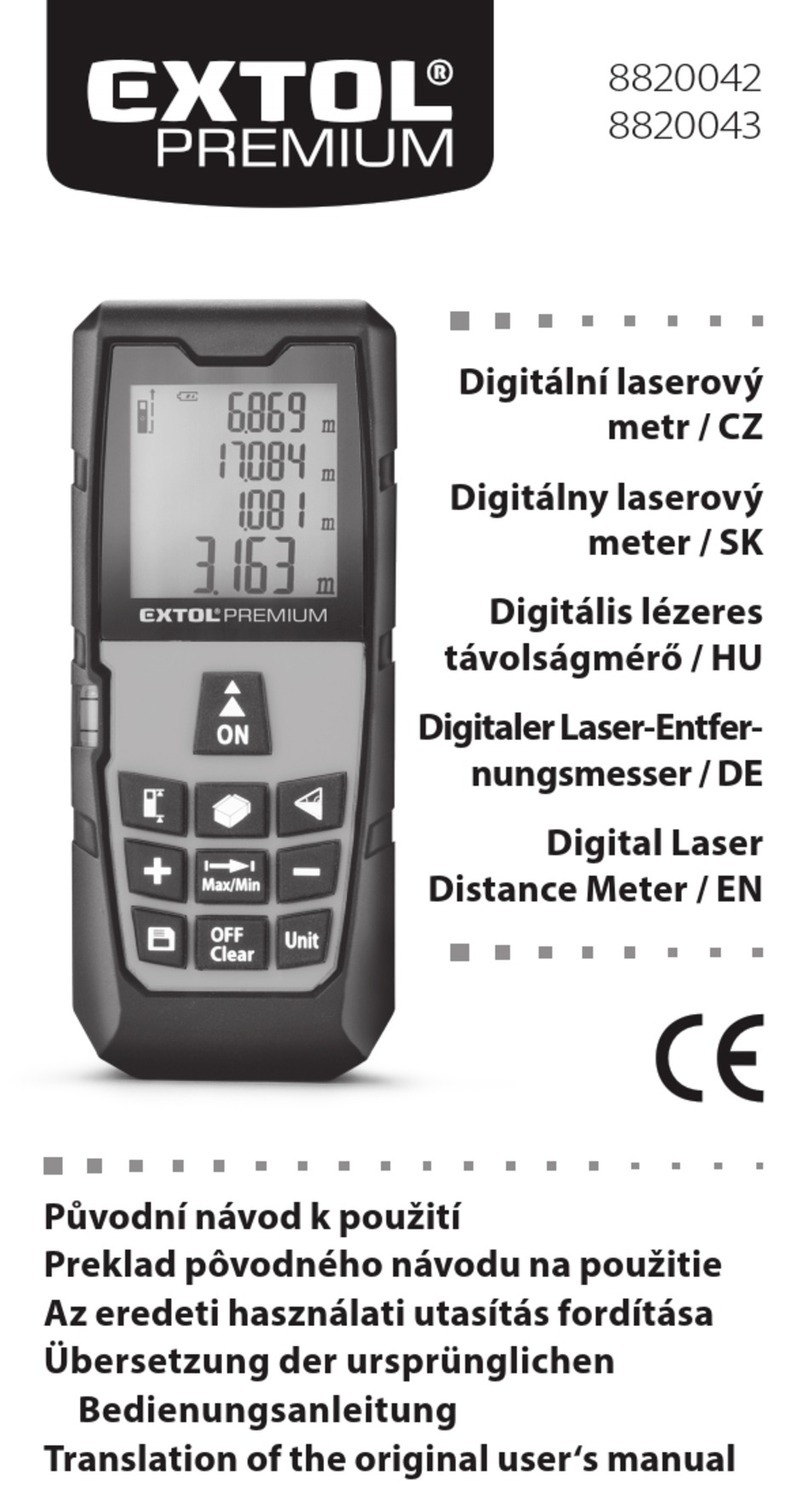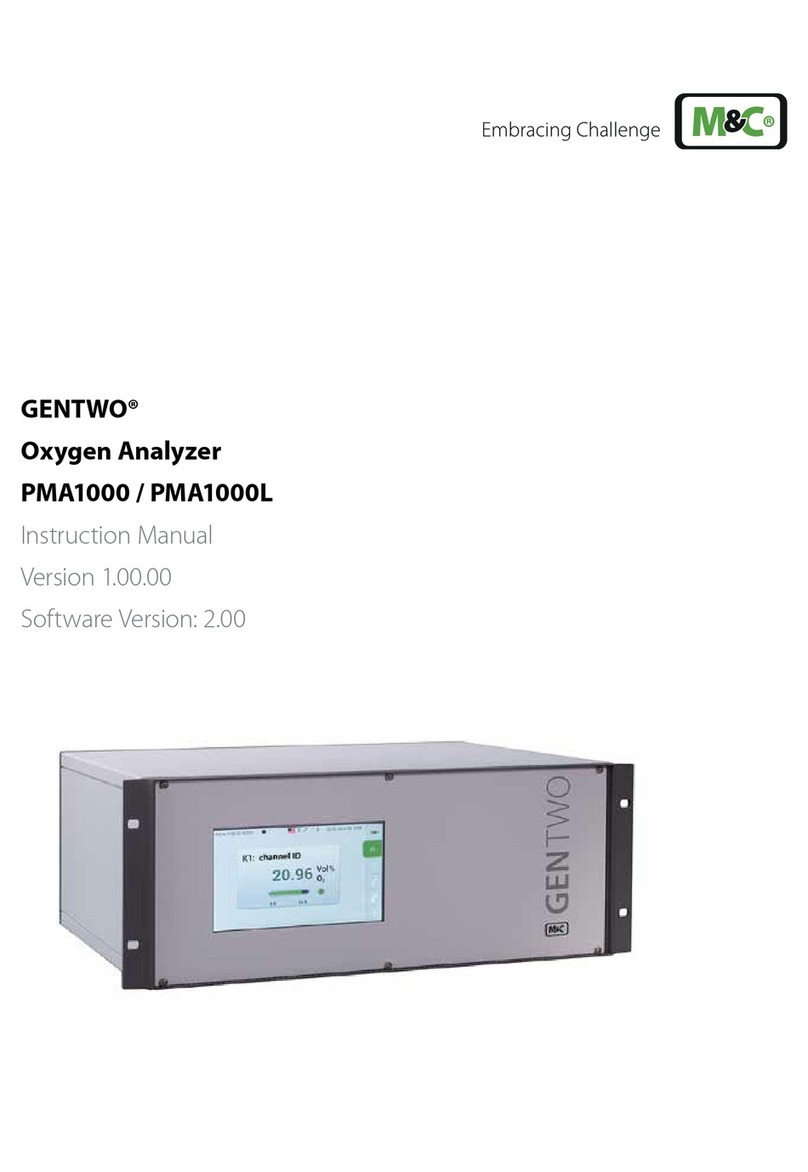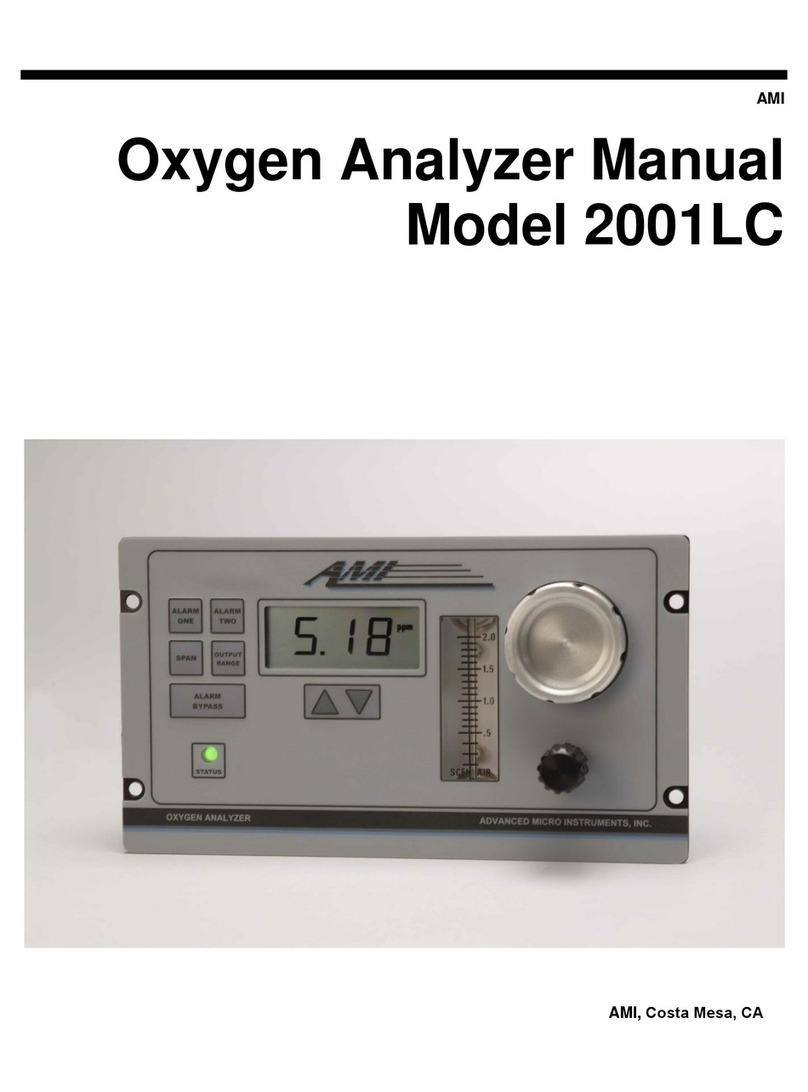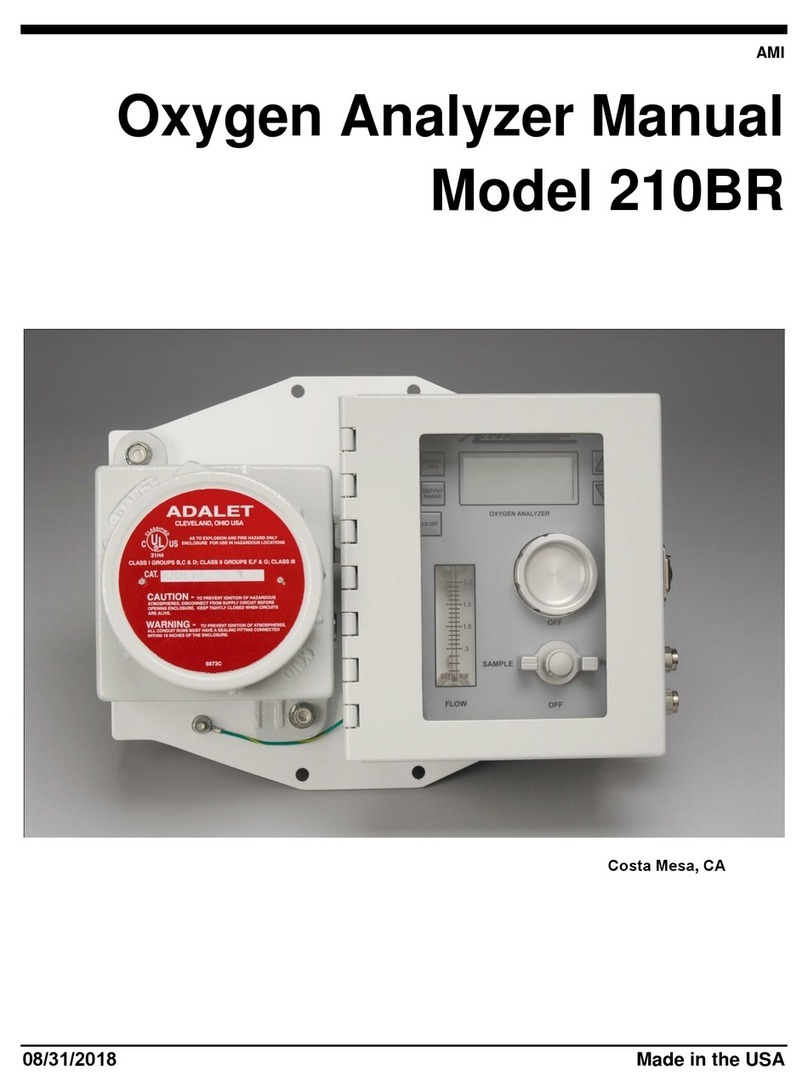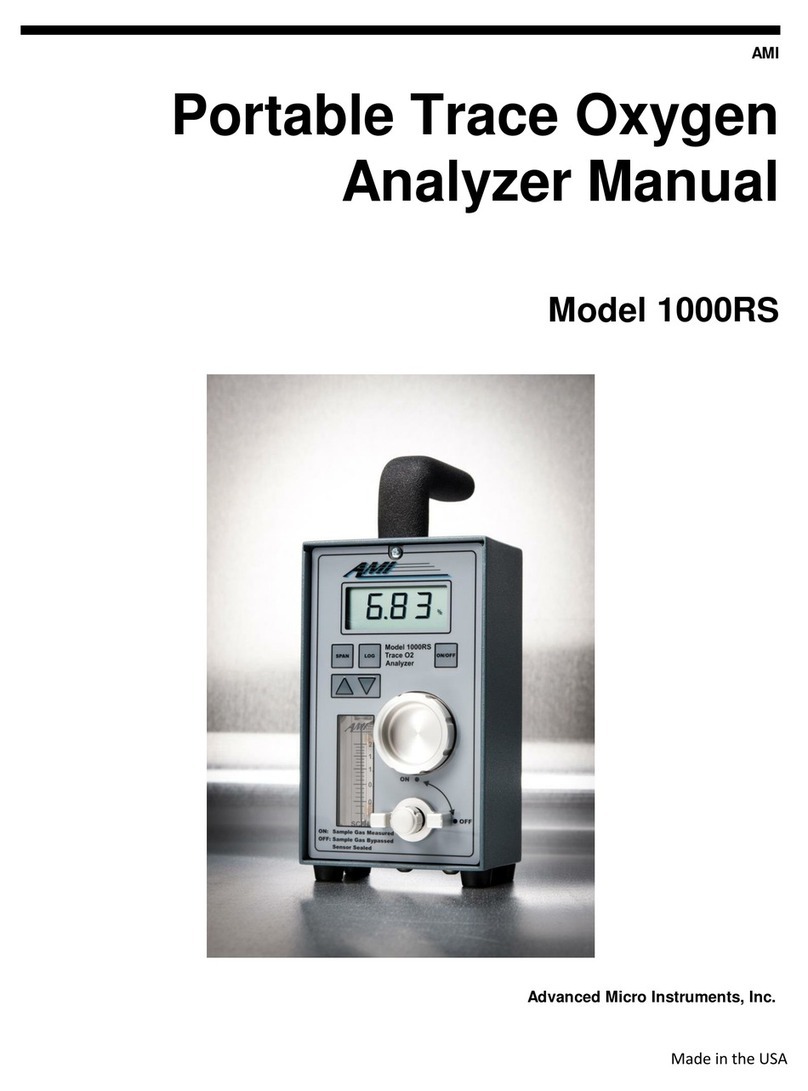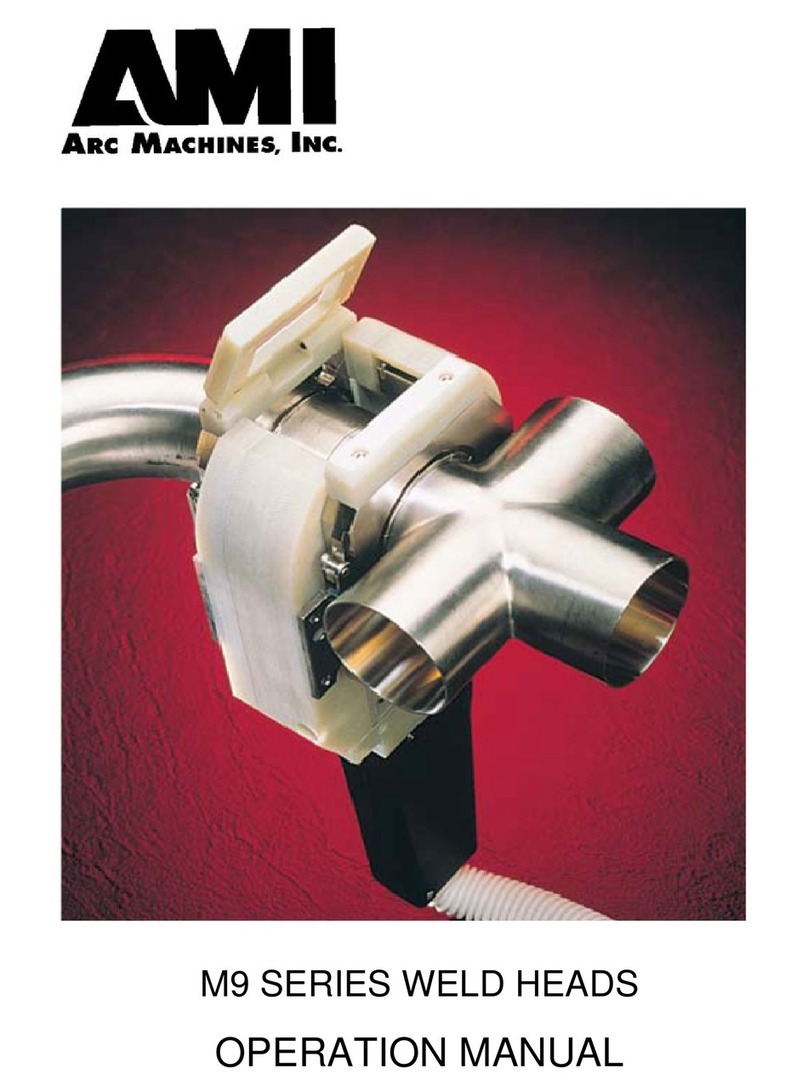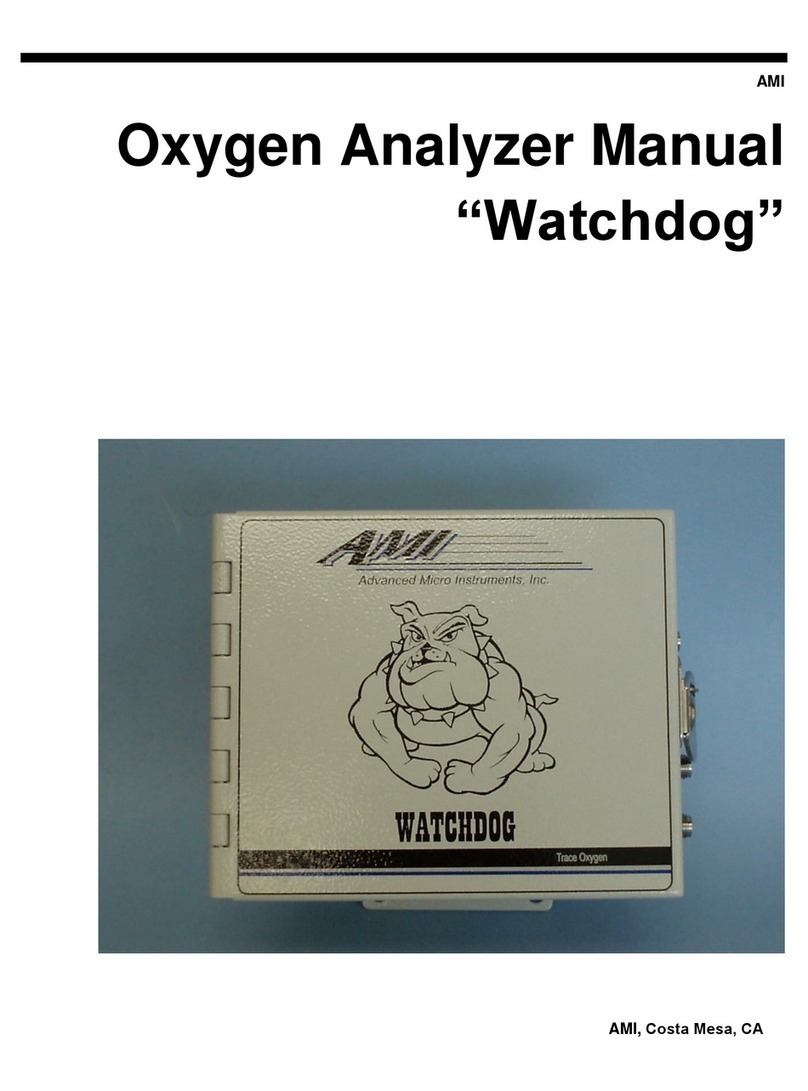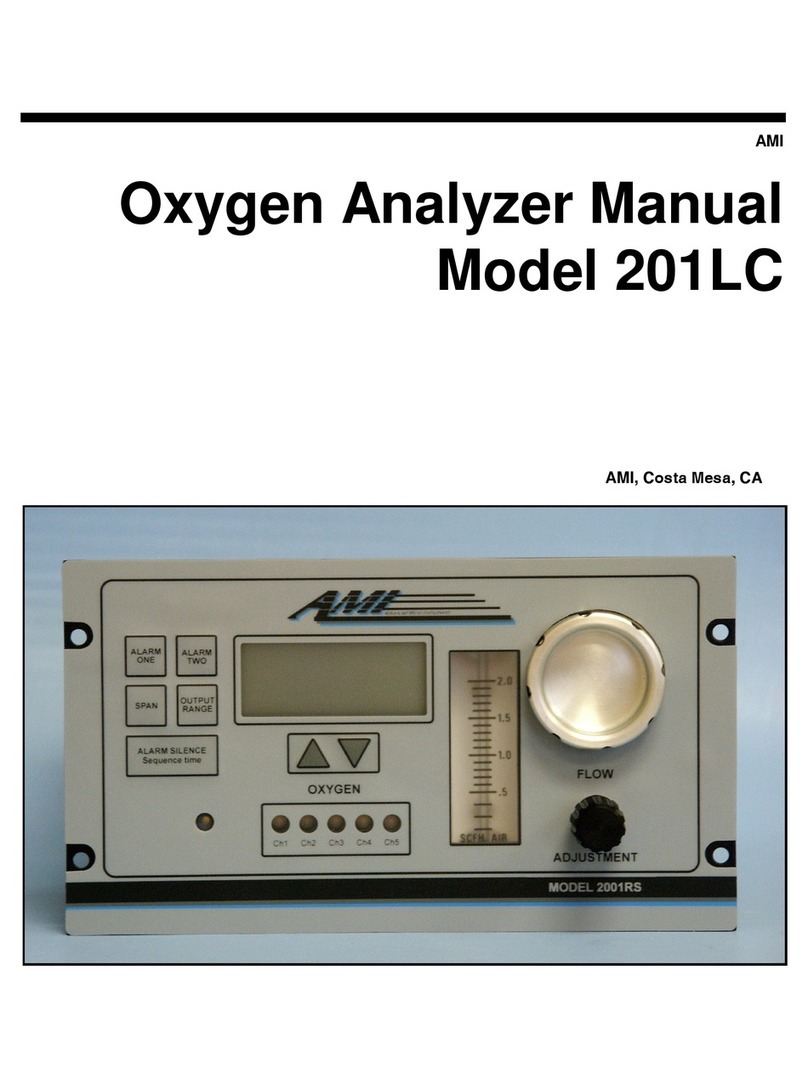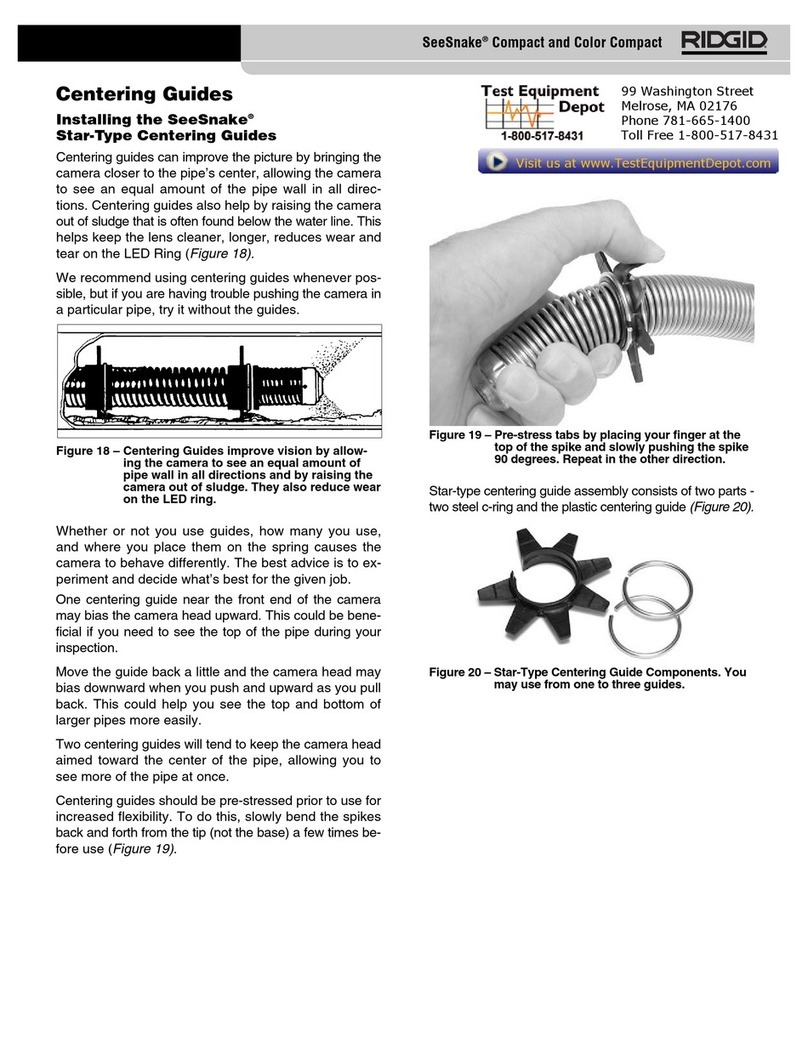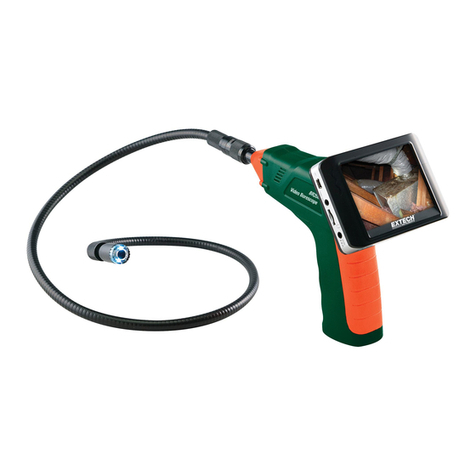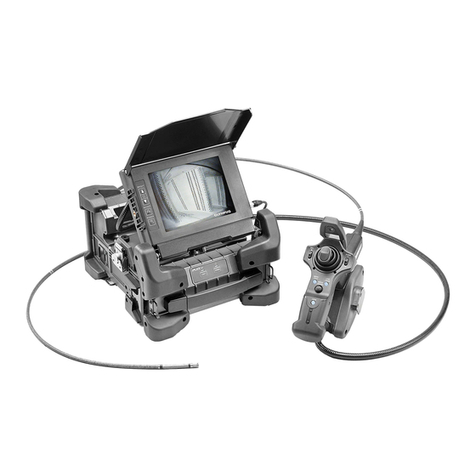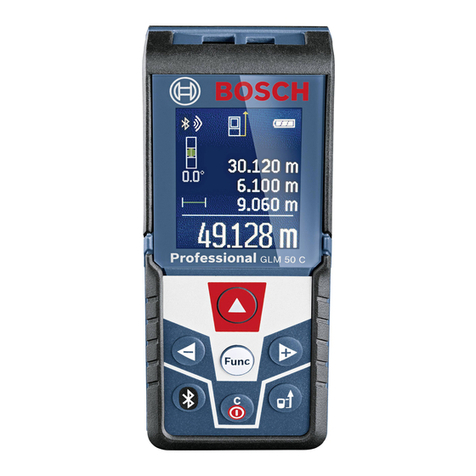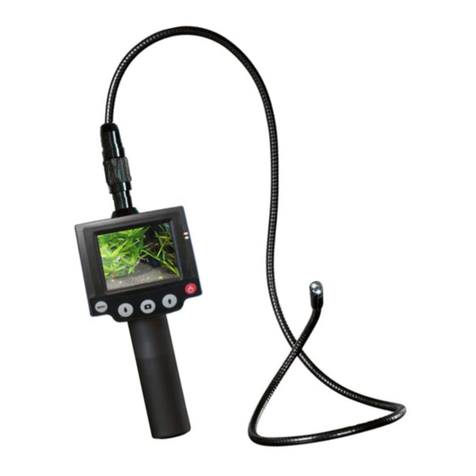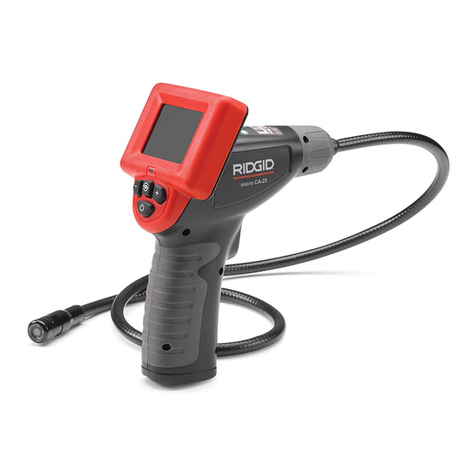
Doc No. 7401237
MODEL 8 SERIES WELD HEAD
OPERATION MANUAL
ROTATION (SPEED) MANUAL CALIBRATION (cont’d.)
5.5 Be sure the power supply is in the “TEST” mode, and run the
program. Should the electrode rotate too fast (traveling more than 360
degrees), stopping beyond the home position, slow it down by turning
the potentiometer counter clockwise (CCW). Should the rotation be
too slow (rotating less than 360 degrees) stopping before it reaches a
full 360 degrees, turn the potentiometer clockwise (CW). Continue
this procedure until the electrode stops after 360 degrees of
travel.
6.0 CLAMP INSERT & GAS SEAL INSTALLATION
Clamp inserts are designed for a specific tube or pipe size. Select the
appropriate clamp for the specific tube or pipe to be welded. A set of clamps fits
one side of the weld head. Except for some special applications, or when using
the Model 8 with a gas seal on one side and a clamp on the other, two sets of
clamps are required. One set fits on each side of the head.
CAUTION
Use of the wrong size clamp, or clamping the head on the curved section of an
elbow or other irregular surface can result in damage to the clamp insert, weld
head clamp latch and/or hinge.
Note: A set of clamp inserts is made from one piece, and then split into two
halves. Each half is marked with matching alphanumeric characters.
Keeping matched sets together (on the same side of the weld head) will
result in the highest level of weld joint concentricity.
6.1 Before mounting the clamp insert into the head be sure both the
clamp and weld head clamp mounting groove are clean and free of
dirt, oil or other contaminants. The clamp mounting screw need only
be lightly snug.
